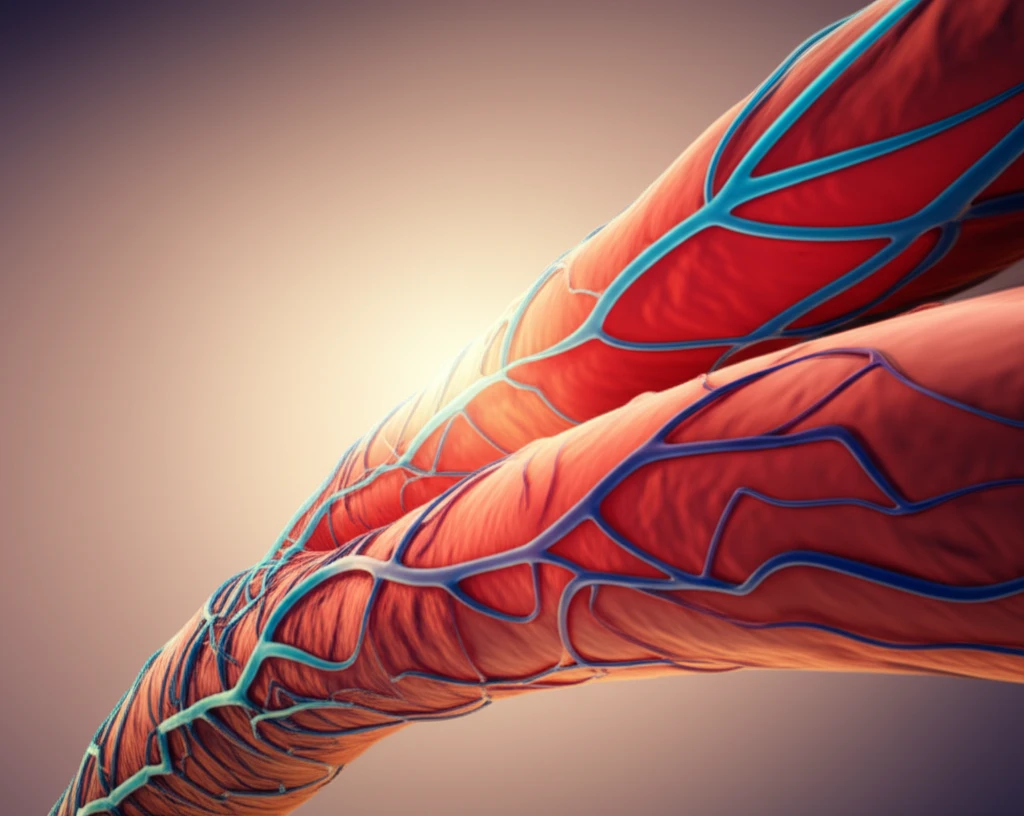
NPWT: A Breakthrough in Treating Lymphatic Leakage?
"Discover how Negative Pressure Wound Therapy (NPWT) could revolutionize the treatment of lymphatic leakage, offering new hope for faster healing and reduced complications. Is this the future of wound care?"
Lymphatic leakage, a significant complication following surgeries like lymphadenectomies, occurs when lymph fluid escapes from damaged lymphatic channels. This leakage can lead to a host of problems, including malnutrition, weakened immunity, delayed wound healing, and increased risk of infection. Traditional treatments have often been lengthy and not always effective, highlighting the urgent need for improved solutions.
Negative Pressure Wound Therapy (NPWT) has emerged as a promising approach in wound care, demonstrating effectiveness in managing various types of lymphatic leakage. By applying controlled negative pressure to the wound, NPWT aims to promote healing and reduce complications. This method has shown potential in decreasing hospitalization times and increasing cure rates, marking a significant step forward in lymphatic leakage management.
This article delves into the groundbreaking research on NPWT's application in treating lymphatic leakage, particularly focusing on a novel rabbit model developed to study the effects of NPWT on this condition. We'll explore how NPWT works, its impact on wound healing and edema reduction, and its potential as a transformative treatment for lymphatic leakage.
How Does NPWT Address Lymphatic Leakage?

The study detailed in the research paper successfully established a rabbit model mimicking inguinal lymphatic leakage, a common site for this complication in humans. This model allowed researchers to directly compare NPWT to traditional dressing changes in managing lymphatic leakage.
- Promotes Wound Healing: NPWT accelerates the closure of wounds and encourages the formation of granulation tissue, essential for effective healing.
- Reduces Edema: By decreasing the thickness of the dermis layer, NPWT helps resolve skin swelling and discomfort associated with lymphatic leakage.
- Compresses Lymphatic Vessels: NPWT significantly reduces the lymphatic lumen area, suggesting that the treatment effectively compresses dilated lymphatic vessels, thereby reducing leakage.
- Enhances Drainage: The study demonstrated that NPWT facilitates greater drainage of lymphatic fluid, preventing the accumulation that leads to complications.
The Future of Lymphatic Leakage Treatment
The research strongly supports NPWT as an effective treatment for lymphatic leakage, offering a significant advantage over traditional methods. Its ability to promote faster healing, reduce edema, and compress lymphatic vessels makes it a valuable tool for managing this challenging condition.
While this study provides compelling evidence, further research is needed to fully understand the long-term effects of NPWT and to optimize its application in various clinical settings. Future studies could explore the ideal duration and pressure settings for NPWT, as well as its effectiveness in different types of lymphatic leakage.
NPWT holds immense promise for transforming the treatment of lymphatic leakage, offering new hope for patients seeking faster recovery and reduced complications. As research continues to unveil its benefits, NPWT is poised to become a cornerstone of modern wound care.
